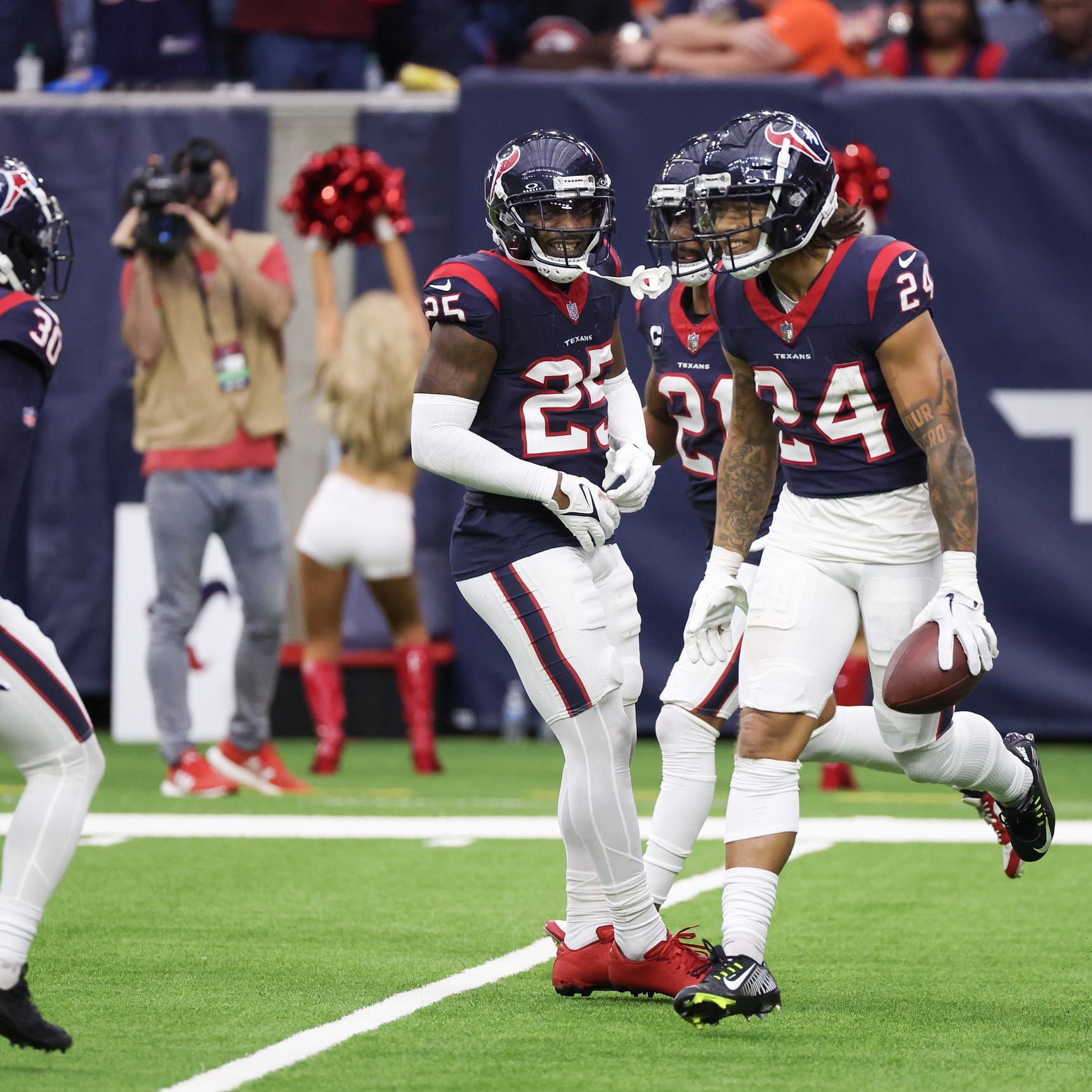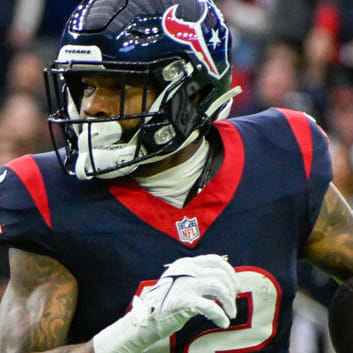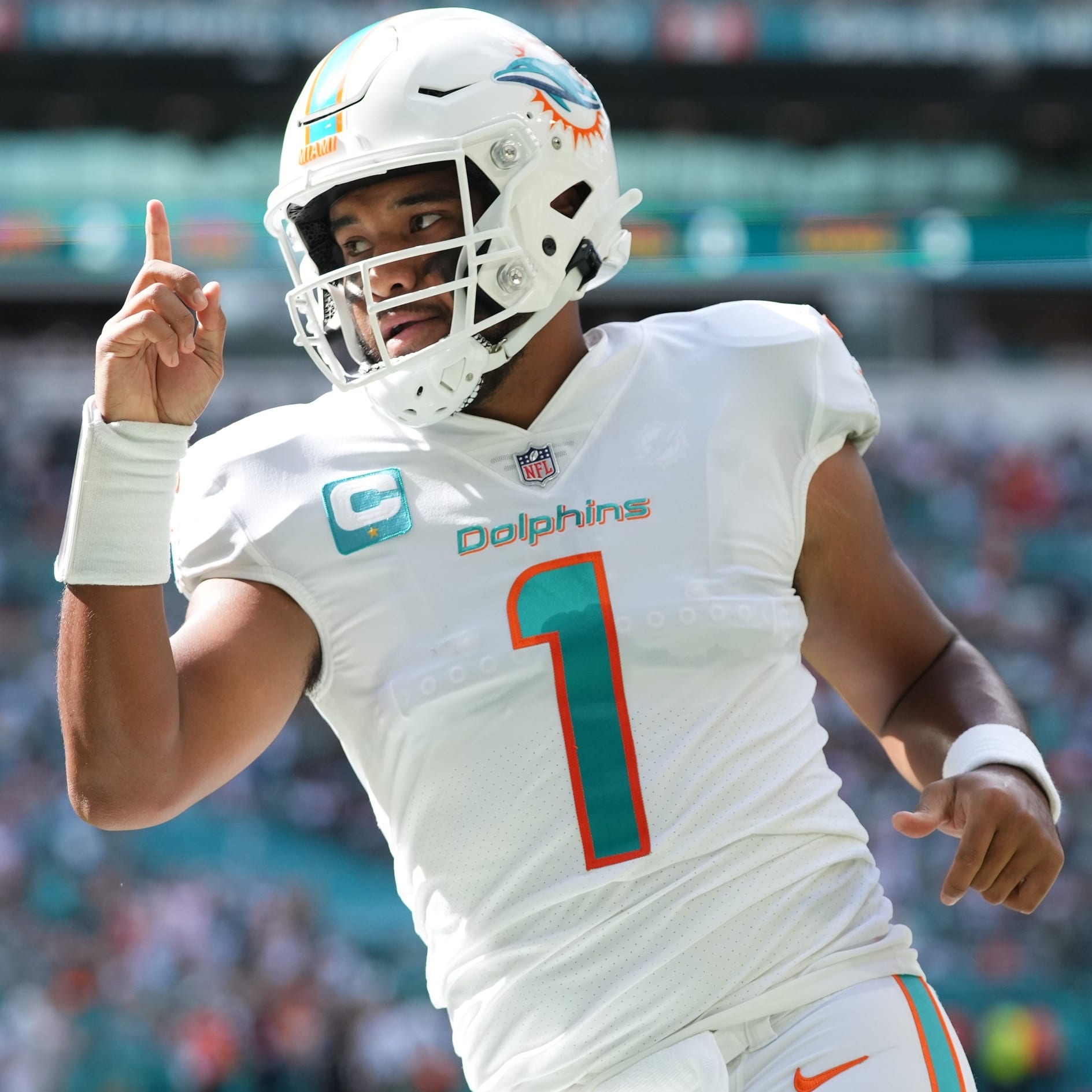This article is part of our According to the Data series.
How to Spot a Future Star Tight End
Tight end is a weird position. Whereas I believe there are factors that heavily influence fantasy production at the quarterback, running back and wide receiver positions, I'm not sure that's the case at tight end. It's the most difficult position to project, in my view - even more so than wide receiver.
At quarterback, I care primarily about workload and percentage of touchdowns. I want passers who will throw the ball often and account for a high rate of their team's touchdowns. Mobility is also important. At running back, I concern myself with workload and straight-line speed. At wide receiver, I don't care so much about 40 times, instead looking at size and red zone efficiency. I want big receivers who will score.
Tight end is most like wide receiver, but the size seems to be less important because they're all big. Whereas wide receivers like Brandon Marshall are far better red-zone options than smaller players like Percy Harvin, pretty much every tight end is large enough to be red-zone efficient.
Further, NFL teams use tight ends in different ways. That's immediately evident when you consider there are two tight ends who are so far ahead of the pack that they completely alter the way fantasy owners need to approach the position.
So to see if there are any factors that heavily influence tight end production, I analyzed every player at the position who attended the NFL Scouting Combine and was
How to Spot a Future Star Tight End
Tight end is a weird position. Whereas I believe there are factors that heavily influence fantasy production at the quarterback, running back and wide receiver positions, I'm not sure that's the case at tight end. It's the most difficult position to project, in my view - even more so than wide receiver.
At quarterback, I care primarily about workload and percentage of touchdowns. I want passers who will throw the ball often and account for a high rate of their team's touchdowns. Mobility is also important. At running back, I concern myself with workload and straight-line speed. At wide receiver, I don't care so much about 40 times, instead looking at size and red zone efficiency. I want big receivers who will score.
Tight end is most like wide receiver, but the size seems to be less important because they're all big. Whereas wide receivers like Brandon Marshall are far better red-zone options than smaller players like Percy Harvin, pretty much every tight end is large enough to be red-zone efficient.
Further, NFL teams use tight ends in different ways. That's immediately evident when you consider there are two tight ends who are so far ahead of the pack that they completely alter the way fantasy owners need to approach the position.
So to see if there are any factors that heavily influence tight end production, I analyzed every player at the position who attended the NFL Scouting Combine and was drafted in the past decade. I compared their approximate value with measurables from NFLCombineResults.com.
Here are the correlations:

It doesn't matter if a coefficient is positive or negative; all that matters is the length. And you can see with a strength of correlation of 0.60, the biggest predictor of tight end fantasy success, by far, is draft round. That's not really surprising since highly drafted tight ends get the most opportunities to make plays.
Before analyzing this in more detail, check out the running back graph as a means of comparison:

The tight end graph has height and bench press as extra factors. While height has been mildly predictive of success, the bench press results (0.19) are surprising. That's not an incredibly strong correlation, but I would have thought it would be basically zero.
Otherwise, it's incredible how similarly the measurables predict success for both running backs and tight ends. Here's the difference in the coefficients for each measurable:
Weight: 0.01
40-Yard Dash: 0.01
Vertical: 0.40
Broad Jump: 0.02
Short Shuttle: 0.01
Three-Cone Drill: 0.00
Draft Round: 0.07
Unbelievable. Pretty much every measurable is indistinguishable except draft round (to a small degree) and the vertical jump (to an incredible extent). The draft round is understandable since running back is probably the most dependent position on the field, to the point that late-round rookies can make immediate impacts.
But the difference in the importance of the vertical for tight ends and running backs is stunning. It's pretty clear evidence that vertical explosiveness, while not at all important for running backs, is extremely valuable to tight ends who frequently need to attack the football and come down with it in traffic.
The numbers are also a great example of where non-stat geeks can go wrong when analyzing numbers. Everyone uses numbers to prove their points, even if it's something as simple as touchdowns or yards. But the analytics-minded paradoxically tend to limit the quantity of stats they're willing to analyze.
In the case of running backs, the vertical jump is clearly not important. It's not important because it's not predictive. That's not the case for tight ends, displaying why some stats need to be taken with a grain of salt. We can't just use a single stat as the be-all end-all for each position. The 40-yard dash matters a lot for some positions, but not at all for others. We can look at all the numbers in the world, but the only ones that count are the ones that help us make better predictions.
For tight ends, that's draft slot and the vertical jump.
Jonathan Bales is the author of the Fantasy Football for Smart People book series. He also runs the "Running the Numbers" blog at DallasCowboys.com and writes for the New York Times.










